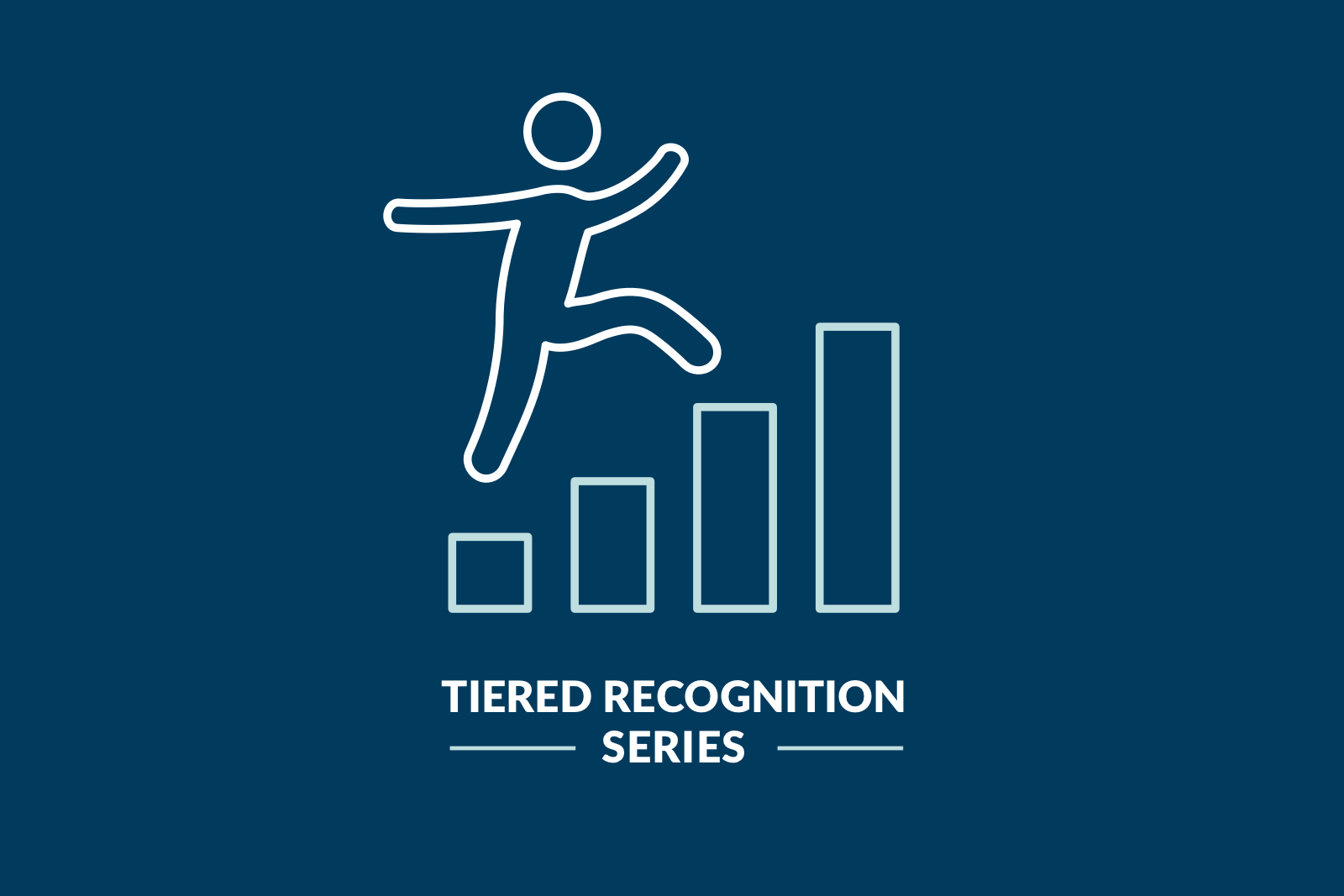Gain Traction when Loyalty and CX Collaborate

In today’s customer-centric world, loyalty marketers and customer experience (CX) professionals are at a critical inflection point where collaboration has become a necessity rather than a luxury. Indicators for both disciplines are flashing warning signs that the usual strategies won’t move us forward effectively.
For example, among U.S. adults who are online, nine out of 10 belong to at least one loyalty program. The less positive news? More than one-third (37%) of them say loyalty programs lack differentiation.1 One program feels like another, which seems much the same as yet another.
And it’s not much better on the CX side. Among U.S. consumers, perceptions of CX quality have dropped for an unprecedented third year in a row, reaching their lowest point since the inception of the CX Index.2 What’s more, performance dropped in all three dimensions of CX quality: effectiveness, ease, and emotion. Turns out, it’s not just loyalty programs that need a glow-up, so does the customer experience.
This critical turning point for both domains might be a burning-platform opportunity for loyalty marketing specialists and CX pros to become even closer collaborators. Working together, we can reverse unwanted performance trends and achieve our overlapping goal: attaining customers who act loyal (e.g., purchasing behaviors) and feel loyal (i.e., have an emotional connection to a brand).
Why loyalty marketing needs CX (and vice versa)
These areas share a common objective: loyal, profitable customers. They just come at it from different sides.
Loyalty marketers have traditionally focused on encouraging customers to act loyal. They’ve leveraged rational benefits (points, discounts, exclusive offers) to drive customer transactions and create revenue lift.
Lately, loyalty strategies have started to fold in more emotional and social elements to nurture customer actions. Emotional impact has become a conceptual talk track, but it’s still rarely realized in the practices and measurement that make up day-to-day execution. Program dashboards primarily reflect rational measures—like active membership, member sales, and other indicators of transactional success. While certainly aligned to the core loyalty goals, the emotional value of programs is rarely represented in the performance readout to stakeholders.
Meanwhile, CX design has focused on creating easy, delight-inspiring brand interactions that yield higher customer satisfaction and a willingness among consumers to promote the brand with others. CX measurements concentrate on which customers feel more loyal and how to achieve that.

Forging a path forward
To get a true, 360-degree view of loyalty, brands must bring these two worlds—and their data sets—together to create a unified loyalty strategy that unlocks significant value. But bringing these disciplines together requires more than just good intentions and strong collegiality; it requires a practical framework that combines loyalty’s data rigor with CX’s human-centered design.
Here are four key considerations as you work to nurture a meaningful and mutually advantageous collaboration between loyalty and CX efforts for your brand:
- Create a single, unified view of your brand’s customers
Break down the data silos that keep behavioral and attitudinal insights separate. Connecting loyalty and CRM data (who the customer is, what they buy) with CX data (satisfaction scores, survey feedback, call center notes) helps you answer crucial questions.
A unified view allows your team to move beyond assumptions and base strategies on a holistic understanding of the interplay between customers’ behaviors and attitudes. A deeper, more dynamic view can reveal new insights and opportunities.
- Activate insights across the customer journey
A shared view of the customer will help your team deliver more relevant and consistent experiences across all interactions and touchpoints—moving beyond marketing channels to include sales and service interactions.
Combining the rich insights of both disciplines can reveal opportunities to build lasting customer connections by applying that knowledge across CX and loyalty levers. For example, analysis might show that using the mobile keyless entry feature positively impacts lifetime value and tenure of hotel loyalty members. This insight can inform email and app communications, of course, but it could also lead to front-desk staff offering a quick tutorial on the feature to newer members at check-in. This transforms a simple service interaction into a loyalty-building moment, driven by a data insight that connects marketing and the overall customer experience.
- Leverage the controlled environment
Loyalty programs are a great laboratory for testing and refining new CX initiatives. They provide a safe, measurable environment to pilot ideas with an engaged, addressable audience. Want to test a new personalized service? Roll it out to a segment of your top-tier loyalty members. You can measure the impact on their satisfaction, behavior, and spend, allowing you to quantify the return on investment before committing to a broader rollout. Finding ways to innovate the customer experience with less risk provides loyalty teams a faster and more efficient way to offer new, compelling benefits to members.
- Share accountability
Perhaps the most significant benefit of a material partnership between loyalty marketers and CX teams? Creating a culture of accountability.
Loyalty marketers have long been accountable for returns on loyalty program investment. However, additional value beyond transactional lift is rarely factored in to those ROI calculations. Meanwhile, CX leaders often struggle to prove the business impact of their work, leaning on what customers say not what they do. But what if the two were evaluated in a more integrated way? For example, satisfaction scores could be correlated to lifetime value. Making the measurement more comprehensive empowers leaders in both disciplines to tell a compelling, data-driven story about how their combined efforts move the business forward. Justifying investment in loyalty and CX in this mutually accountable way helps secure a seat at the strategic table.
Today’s successful brands build brand devotion by recognizing that loyalty and CX are two sides of the same coin. By integrating their strengths, brands can finally deliver on the promise of customer-centricity to create rewarding, seamless, and satisfying experiences that boost the bottom line. Now is the time to start.
For more on this topic, check out these related blogs:
“The Best of Both Worlds: Loyalty Marketing and CX”
“Using Data to Enhance Your Customer Journey Maps”
“Emotional Loyalty: The Unseen Currency”
Joe Rueckert is a senior director, Strategic Services, at The Lacek Group. For more than 30 years, The Lacek Group has been perfecting the art and algorithms of brand devotion. We help world-class brands identify their highest-potential customers, engage them across channels throughout their lifecycles, personalize each relationship for optimal long-term results, and measure the true effectiveness of those efforts. The Lacek Group is an Ogilvy One company.
Notes
1 John Pedini, Emily Collins, Cole Walsh, Anna Hoskins, and Christine Turley. “Perk Up Your Loyalty Program.” Best Practice Report, Forrester. Feb. 25, 2025.
2 Pete Jacques, David Truog, James McQuivey, Shar VanBoskirk, Niraj Patel, Rick Parrish, Daniel Portillo, and Shayna Neuburg. “Forrester’s CX Index Hits Historic Low in U.S.” Trends Report, Forrester. Sept. 20, 2024.

